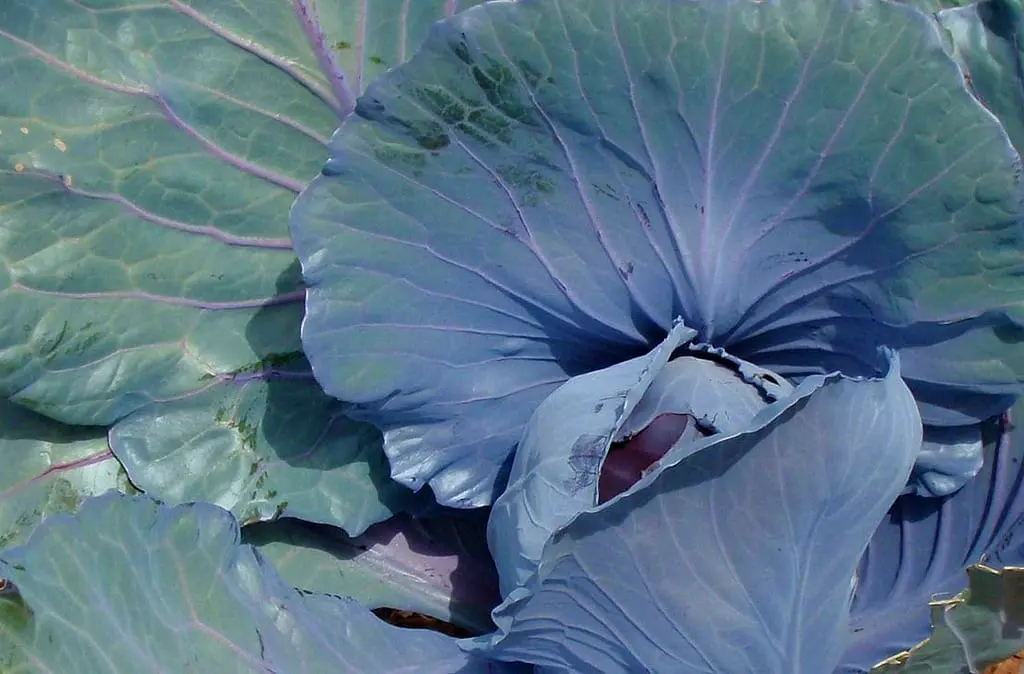Red cabbage is one of the most beautiful horticultural plants: its purple leaves are particularly striking, as they also have a unique flavor. Its cultivation is very simple, so much so that it is not necessary that you have previous experience in the maintenance of plants.
Being a vegetable that is grown for the consumption of leaves, you can have it both in the garden and in a pot . How? By following our advice, you will see how easy it is to be able to enjoy some delicious dishes with red cabbage.

The best time to grow red cabbage is in spring, when minimum temperatures are above 15ºC. Thus, once the good weather arrives, we can sow them in seedbed trays with a universal cultivation substrate , putting a maximum of two seeds in each alveolus so that it is easier for us to separate them if they both germinate.
It is important that they are on the surface of the substrate , and that we only cover them with a very thin layer of soil, otherwise it will be difficult for them to germinate. To prevent them from coming out of the alveoli, we will irrigate with a sprayer. It takes longer than if we watered with a watering can, but this will ensure that all the seeds stay in place.

Once planted, we will place the seedbed in an area where it receives direct sunlight, and we will keep the substrate moist . When the seedlings have a manageable height (about 5cm), we can move them to individual pots with universal cultivation substrate or to the garden that we will have previously paid with organic fertilizers such as chicken manure.
If we want to prevent it from having pests , it is highly advisable to plant mint, lemon balm, rosemary, thyme or nasturtium nearby , which are plants that will keep parasites away. Of course, we do not have to plant strawberries or beans nearby, because we would not get them to grow well.
The time of its collection is approximately 5-6 months after sowing.

